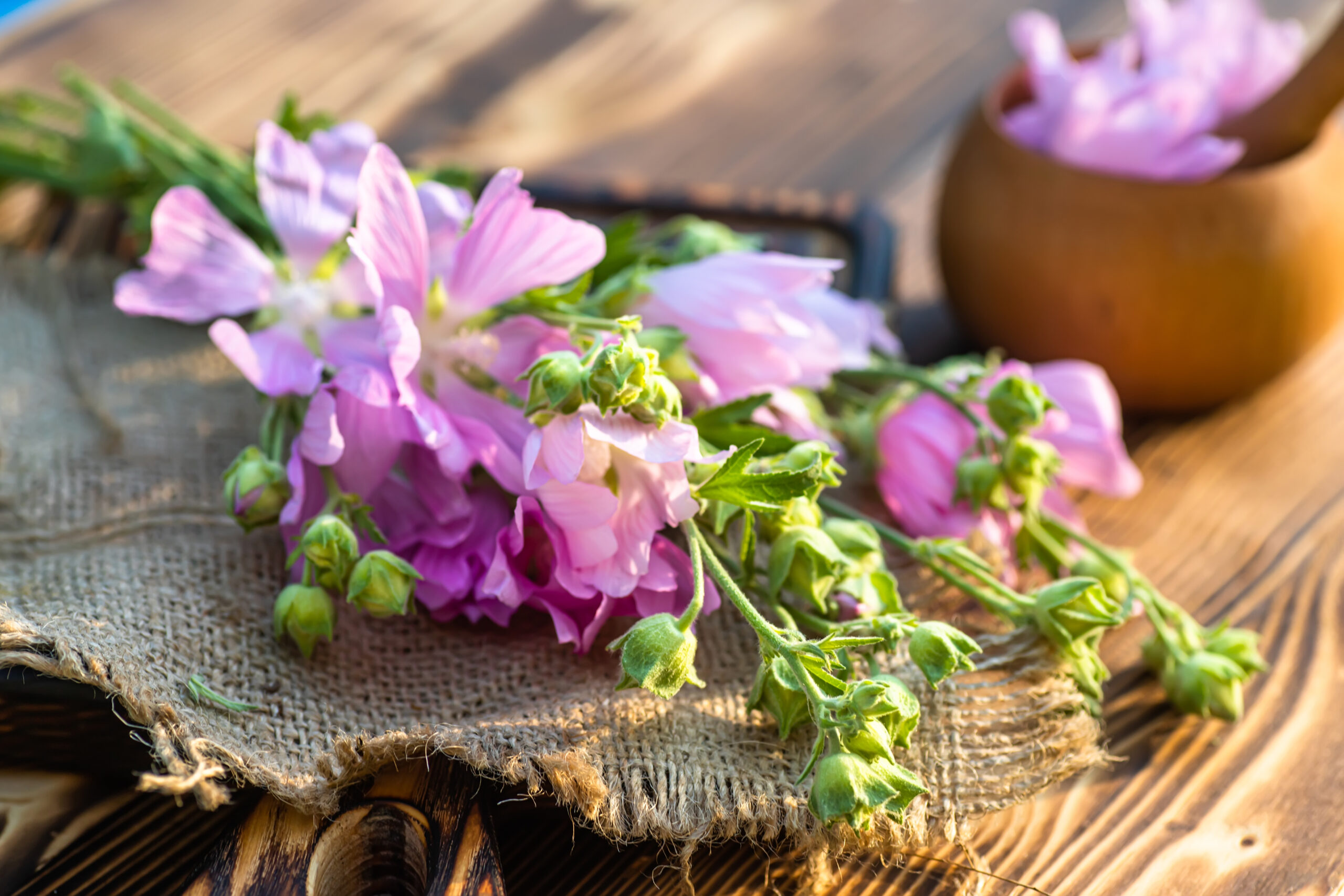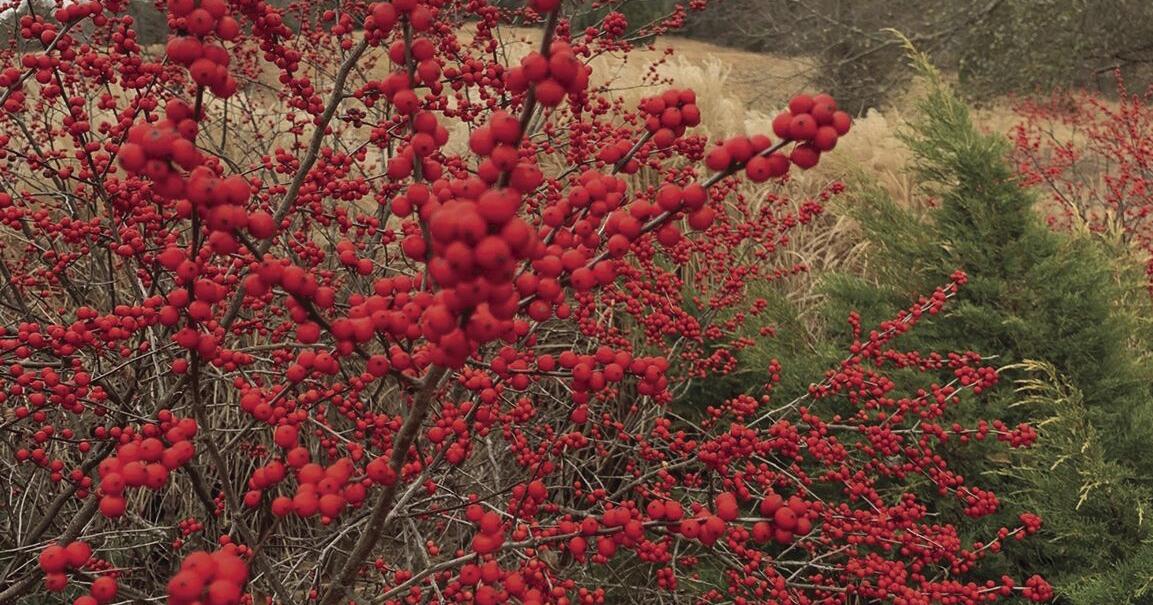My first hostas were left behind plants. When we moved to the farm, I discovered them protruding from the ground around an old milk barn. I had never grown hosta and neither had my mother so this was a new plant for me. I carefully moved them to a more prominent location. The same plants are still thriving.
Hostas (hosta) are among the top plants for a shade garden. They are a long-lived, easy-to-grow perennial. These lush mounds of foliage can be as small as two inches or more than three feet high. Hostas come in a diverse range of color and patterns. Leaf color can be chartreuse, blue-gray, blue-green, green and variegated plants have touches of white, cream and yellow. Leaves can be heart-shaped, nearly round or lance-shaped. There are hundreds of plants from which to choose, and breeders add new ones each year. If you are just getting started with hostas, the old tried and true are the easiest for beginners. I have a common green and a few “Royal Standards.” When you get leftovers, they are not usually the gardeners’ prize possession.
Hostas will tolerate a large range of soil conditions but grow best in medium to full shade in evenly moist soil that is rich in organic matter. Shade is a necessity here in Tennessee where the summers are long and hot. They are clumping in form and will keep their colors best when planted in a cool shady spot that receives good light but no direct sun. Flowers are of little importance; foliage shape and color are the reasons to grow this plant.
They can be moved in the garden at any time of the year when the ground can be worked. Before planting, dig the soil deep and amend with compost. Spring is the perfect time to move them. Like houseplants, brown edges on the leaves are a sign of lack of water.
When planting, give your hostas room to grow. A good rule is space plants as far apart as their height at maturity. Hostas are divided into large, medium and small just like tee shirts. You can decide which size best suits your garden.
These leafy plants emerge late in spring and make a great companion planting in beds with hardy spring bulbs. They require little care to look their best. Division is not necessary; they don’t die out in the center and rarely become crowded. Mulching in the spring will keep down weeds and keep the soil moist and cool. Keep mulch away from the stalk to minimize problems with rotting. If slugs are a problem, it’s best not to mulch at all. You can cut the leaves after the first hard frost.
Other shade loving plants in our area are ferns, bleeding heart and hellebores. Jacob’s ladder and Virginia bluebells are also natural companions. Hostas are most striking when planted in large drifts. They also work well as ground covers and edging. They can be grown successfully in containers.
Voles, chipmunks and rodents love the fleshy crowns and roots of hostas. I have put several in containers, trying to keep voles at bay. Slugs still climbed up the pots and munched on my leaves. Now we have had an extremely cold December, and plants in pots always freeze harder than those in the ground. I hope the roots did not totally freeze, or I will be back to my original left behind plants.









